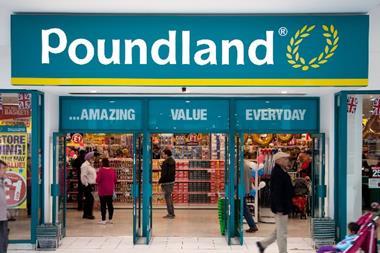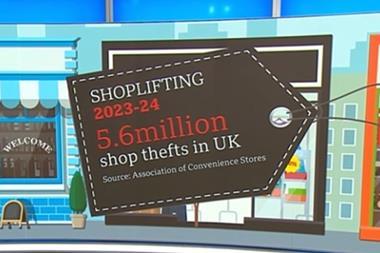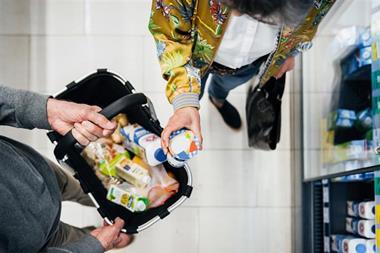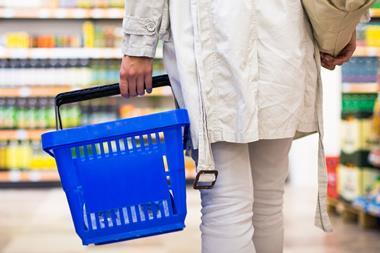Spend through bargain stores soared by 17% to £5bn in the past year as stores expanded into new categories including fruit and vegetables and packaged groceries, new Nielsen retail performance data reveals.
More than two million households shopped in bargain stores, such as Poundland, Home Bargains and B&M, for the first time, with 52% of households having purchased from Poundland alone.
Bargain stores are now shopped by 78% of British households, making them even more popular than the discounters Aldi and Lidl, who are visited by 75% of households.
Nielsen’s UK head of retailer and business insight Mike Watkins said: “The rising spend at bargain stores is driven by two things: The huge rise in first-time visitors and, more importantly from a long-term perspective, shoppers buying a larger repertoire of products from bargain stores – some of which they previously bought from mainstream retailers.”
Among everyday grocery items purchased at bargain stores, household goods, packaged grocery, confectionery and health and beauty products are the most popular, accounting for 63% of bargain store grocery sales.
Fruit and vegetables have seen the biggest rise in popularity, albeit from a small base, over the last year in terms of number of shoppers and frequency of purchase.
“People are starting to visit for their regular grocery staples and more experienced bargain store shoppers are becoming interested in adding fresh produce to their repertoire.
“This is similar to what we saw some years ago with Aldi and Lidl who initially attracted shoppers with special buys for non-food items and low prices on groceries,” Watkins added.
The growth in sales has also been driven by bargain stores moving beyond just the £1 price tag, which Watkins says, “resonates well with shoppers because removing the £1 ‘straitjacket’ allows stores to offer good value across a much wider range of products, which makes for bigger baskets and more expensive trips.”
Almost one in four items sold in bargain stores now cost more than £1.
Around 31% of the increased annual amount Britons spent at bargain stores came from people shifting spend away from supermarkets and health and beauty retailers, with the top four supermarkets “the most affected by this switching” according to the data.






















No comments yet